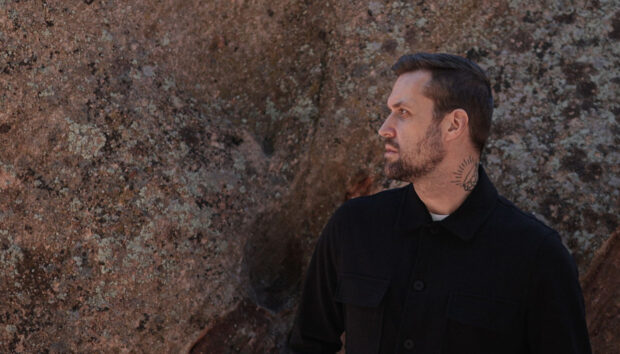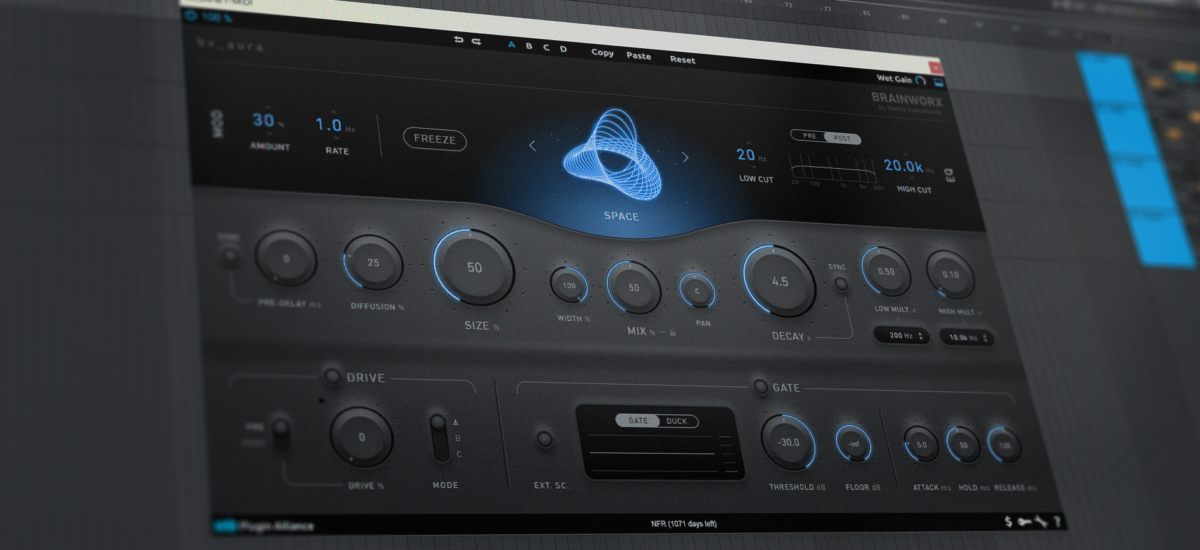
Reverb is a powerful tool for manipulating the sense of space in your audio mixes. It can turn dry and dull recordings into stadium-shaking, diva-belting, out-of-this-world tracks. Tag along as we explore six creative reverb effects you’ll wish you’d known sooner.
Jump to a Section
- Gated reverb
- Ducked reverb
- Pitch-shifted reverb
- Abbey Road reverb
- Mirrored stereo reverb
- Reverse reverb
To recreate the effects yourself, start a free Brainworx bx_aura trial.
1. Gated reverb
Creating a gated reverb effect involves applying a significant amount of reverb to an abrupt sound, like a snare hit, and then using a gate to shape the tail of the reverb. Doing this allows you to create sounds with a short and unnatural decay time. When applied tastefully, the “splash” of the reverb can make your drum hits sound massive yet controlled.
The gated reverb effect was created during a recording incident at Townhouse Studios in the 1980s when tracking Peter Gabriel’s Melt. An active talkback mic ran through a compressor and noise gate while recording drums, resulting in a heavily reverberant sound with a short decay time.
The Bettermaker BM60 is a warm, clear, and colorful reverb plugin that recreates the sound of a popular reverb unit from the 1980s. It’s a great choice if you want to create an old-school gated reverb effect. The only drawback is that, like the original hardware, it doesn’t include a built-in gate. You need to apply the effect to an aux track and add a gate to the chain.

Brainworx’s bx_aura is a multi-purpose reverb with multiple algorithms, filters, a modulation section, a Drive section, and a built-in gate. You can apply bx_aura directly to a track and create gated reverb effects without using an aux track. It includes a healthy set of features but has been designed in a way that’s easy to use.
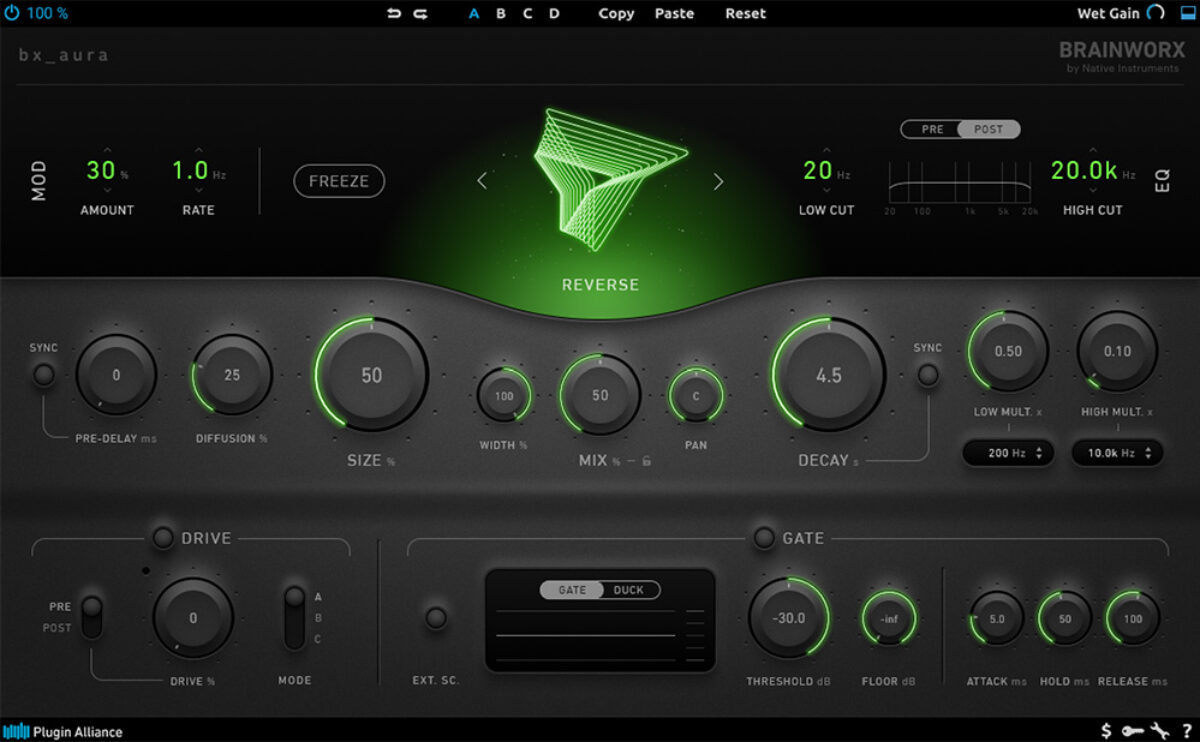
2. Ducked reverb
A reverb throw is a mixing technique where reverb is applied to specific words, phrases, or sounds in a vocal or instrumental track. Usually, this is used to create a dramatic effect or emphasize certain parts of the recording. Instead of applying reverb to the entire track, you “throw” it selectively to an aux track. Reverb throws often sound tight and controlled, but getting the effect right can be time-consuming. Additionally, a throw may sound too perfect or precise in certain situations.
Consider ducking your reverb if you’re looking for a quick and natural-sounding solution. You can set this up by inserting a plugin like the Bettermaker BM60 onto an aux track, followed by a compressor.
If you’re processing vocals, you’ll send the signal from the vocal track to your reverb aux. Then, route the vocal track into the compressor’s sidechain input to duck the reverb whenever the dry vocals are playing. This technique helps fill space between phrases without sounding as cookie-cutter as a throw.
The easiest way to create this effect is to use the Duck feature built into bx_aura, which acts like a reverse gate. It lets you completely cut audio levels (unlike a compressor) and control how audio is attenuated using Attack, Hold, and Release parameters. These features help sculpt the onset of reverb and avoid stuttering effects.
3. Pitch-shifted reverb
Pitch-shifting reverb is a great way to create risers, swells, and downsweeps from unassuming sounds. For example, you may want a guitar recording to slowly fade out as its frozen reverb tail turns into a riser. With bx_aura, you can do this by enabling the Freeze button and then automating the Size and Mix parameters. Adjusting the Size parameter introduces a pitch-shifting effect when automated, while the Mix parameter allows you to blend in the wet signal while blending out the dry signal.
Adding modulation to the frozen reverb creates subtle chorusing effects that break up the sound. To finalize the riser, consider automating the cutoff values of the high-pass and low-pass filters. You can either start with the filters in a closed position and open them over time or do the opposite.
When the riser peaks, you can mute the track to abruptly end the effect. Another option is to keep the plugin engaged and start pitching the sound down using the Size parameter, gently leading into the next section of the song.
For a more complex sound, consider adding stutter effects to the riser using the External Sidechain feature. Enable the Gate/Duck feature and route a rhythmic track, like a perc loop, into the plugin’s sidechain input. Your reverb will cut in and out in time with the transients in the rhythmic track.
4. Abbey Road reverb
Removing low-end and top-end from your reverb is called the Abbey Road reverb technique. Some producers claim that you need to cut your low-end at 600 Hz for it to be considered the “Abbey Road technique,” but that’s debatable. You can cut your low-end at 600 Hz as a starting point and adjust accordingly. When cutting your top-end, you’ll often find a sweet spot around 2–3.5 kHz. If you want to include more top-end, do so if it feels right.
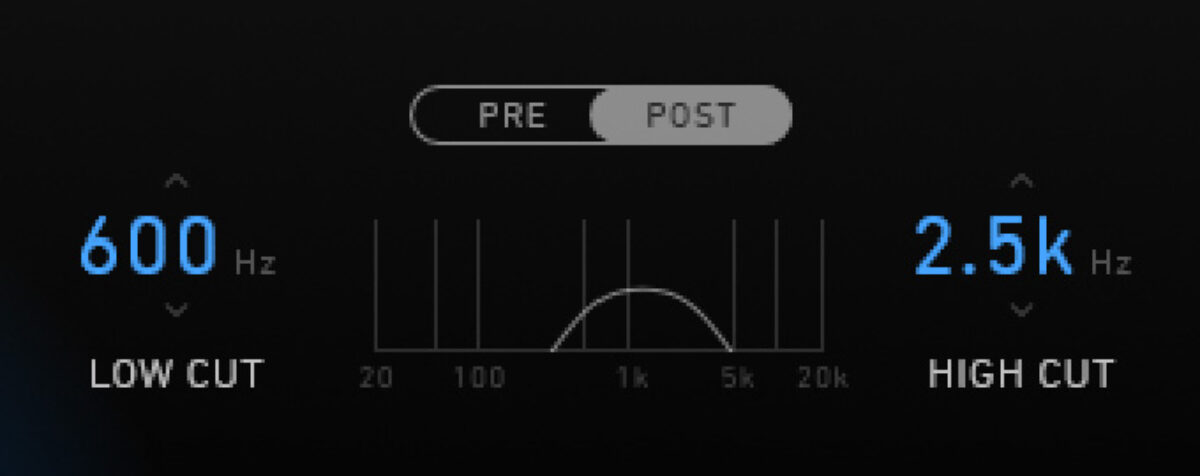
Typically, you need to create this effect using an aux track. However, bx_aura has an EQ that allows you to filter the reverb internally. You can apply your cuts before or after the plugin’s reverb core. For a more natural sound, try cutting before the reverb core. If you’re looking for a tight and controlled sound, apply the EQ afterward.
5. Mirrored stereo reverb
There’s a popular mixing technique that involves panning an element to one side of the stereo field and then panning its reverb to the opposite side. A variation of this technique involves keeping an element centered in the mix and using a stereo reverb to fill the sides. It’s also common to apply a mono reverb to stereo signals. Each technique aims to fill space without adding additional elements to the mix.
A more advanced mixing technique that works based on the same premise involves applying a mirrored stereo reverb to a stereo sound source. For example, maybe you’re working with a set of wide-panned harmonies. Some male voices are panned to the left, and some female voices are panned to the right.
It depends on the algorithm used, but the reflections generated by a stereo reverb will often be positioned in the same spot as the dry signal along the X-axis (left-right) of the stereo field. In our example, it will sound like the male reflections are positioned behind the male voices and the female reflections behind the female voices.
When you mirror the reverb, the female reflections will appear beneath the male voices, and the male reflections will appear behind the female voices. The variation will make your mix sound bigger and wider. You can set this up by configuring multiple aux tracks and panning them, but the easier solution is to turn the Width knob in bx_aura to -100%; this mirrors the processing applied and saves setup time.
6. Reverse reverb
One of the easiest ways to make a vocal sound dreamy and ethereal is to apply a reverb to it, render the reverb tail to audio, reverse the reverb, and then use the reverb like a riser that transitions into the vocal. You’ll want to trim the words from the reverb and use the diffused reflections for best results.
Reversing your reverb is great fun, but going through that entire process can be a nuisance. bx_aura has a Reverse algorithm that creates swelling echoes that sound like the signal is played back in reverse. The reverb tail still decays naturally, so this is a quick solution to apply a reverse effect without the excessive work. bx_aura’s Size parameter controls the overall echo density and the speed of the reverse swells, giving you an additional level of control.
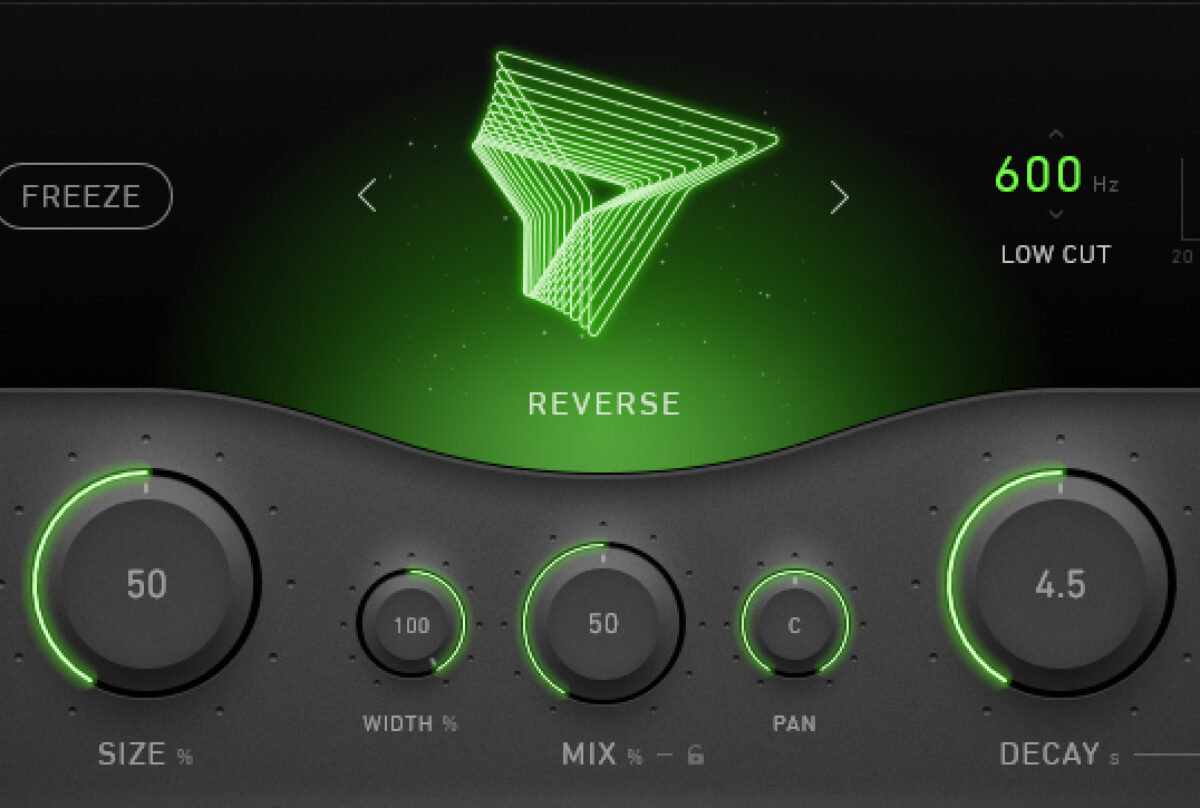
If you feel like pushing creative boundaries, you can reverse your reverse reverb by combining the two effects. Render the reverse echoes generated by bx_aura, reverse the audio file, and use the now non-reversed echoes (with a reverse reverb tail) to lead into a different vocal phrase. It might take some trial and error to find a sound that this works well for, but it’s undoubtedly a unique reverb effect.
Start creating unique reverb effects
Incorporating these six reverb effects into your toolkit will unlock new creative possibilities. Whether you’re aiming for classic sounds or experimenting with sound design, these techniques will help you take your mixes further. Start a free MEGA Plan trial to demo Brainworx’s bx_aura for 30 days.












